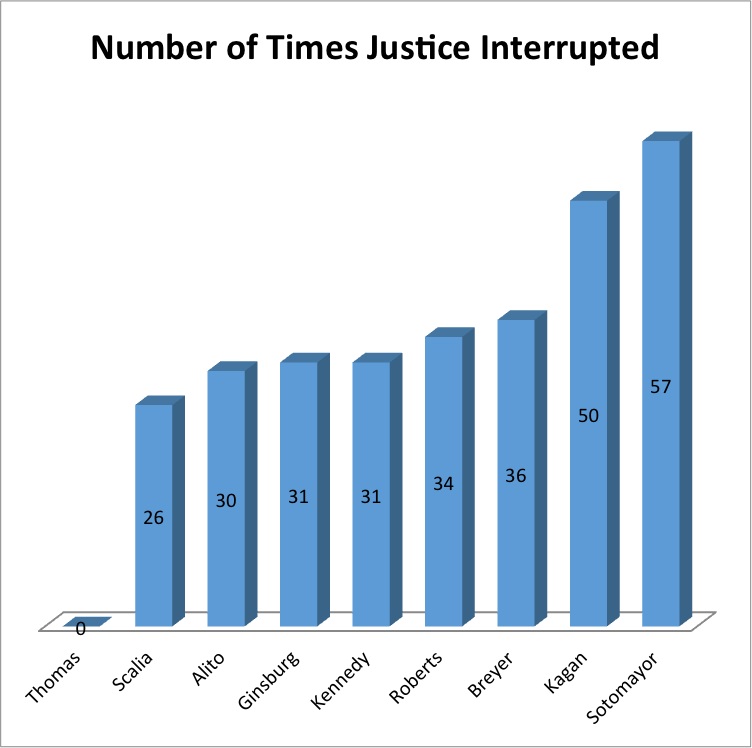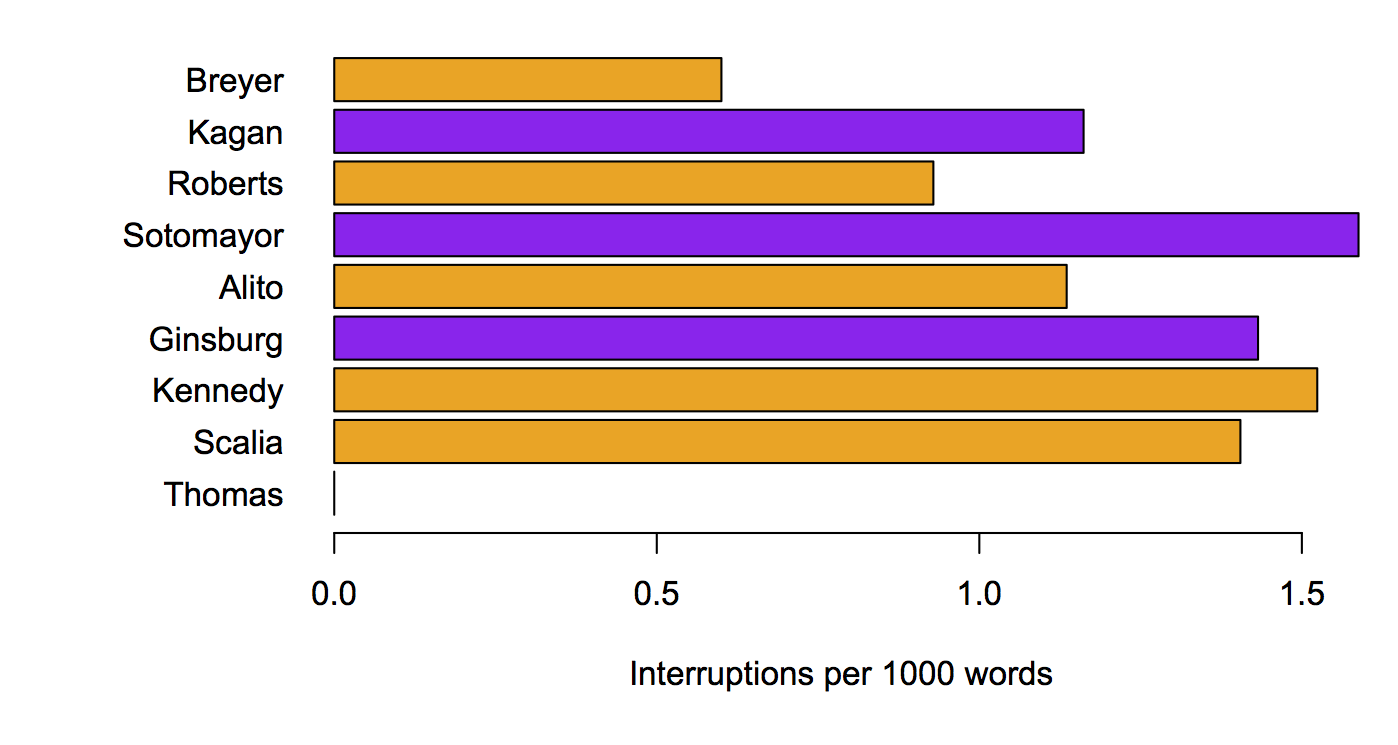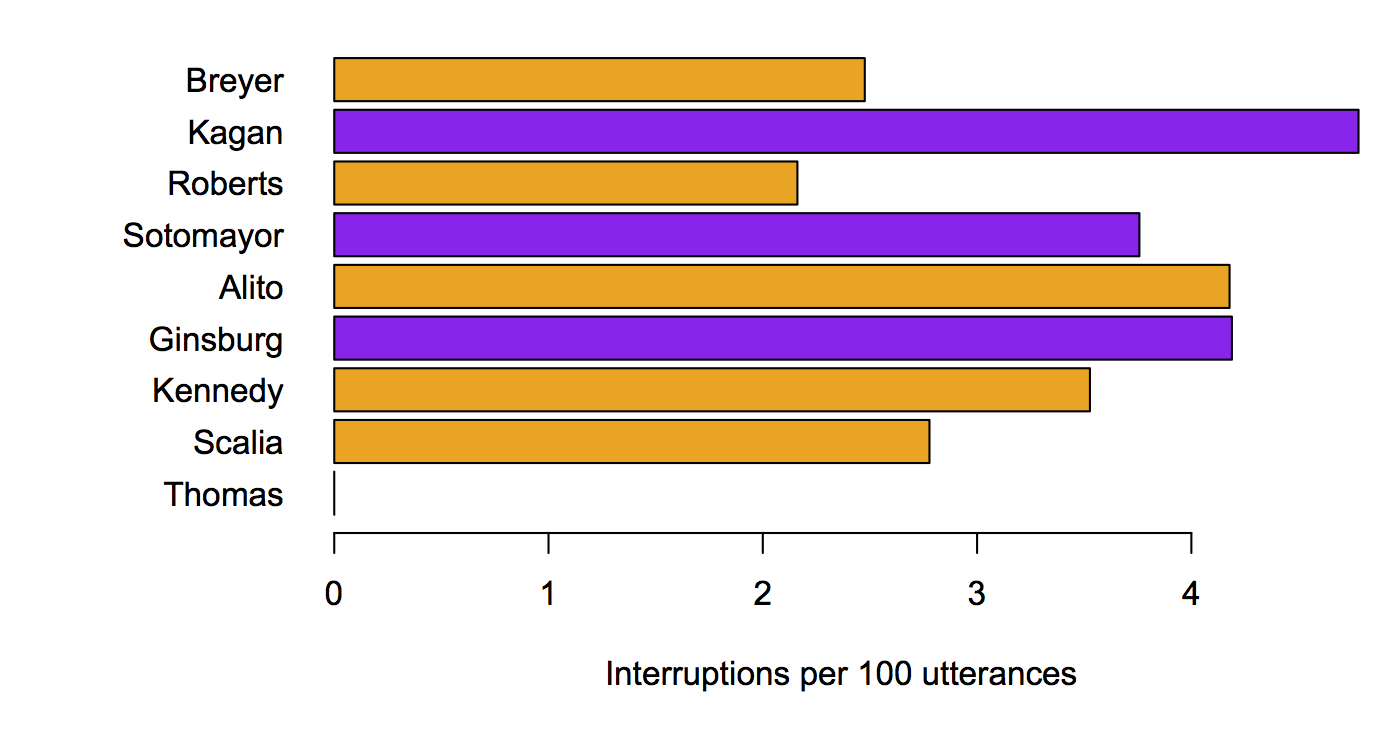Q: Did you see there’s a new hangover cure? An ice-cream?
A: Really?
Q: Well, the Herald and Reuters think so. How does it work?
A: I think that question assumes facts not in evidence.
Q: How do they say it works, then?
A: It’s got 0.7% raisin tree fruit juice.
Q: That … doesn’t sound like very much.
A: About half a gram, probably. One Panadol has half a gram of paracetamol, so they’re claiming pretty high potency.
Q: But don’t they say it works in rats? There’s a journal and science and stuff! How much did the rats get?
A: They don’t link to the paper. Or give researcher names.
Q: Well, of course not. But you can find it, right?
A: I expect so.
<crickets>
A: Ok. That was relatively annoying.
Q: Didn’t you just need to search for ‘raisin tree juice neuroscience’ or something.
A: No, that gets you copies of this story.
Q: What about on PubMed, where you usually find things?
A: The paper turns out not to have “raisin tree juice” in the title. Eventually I found out the botanical name of the plant and searched for that at the journal website, which has full-text search.
Q: <world’s tiniest violin> How much juice did the rats get?
A: They didn’t get juice. They got a single chemical extracted from the juice, dihydromyricetin, injected.
Q: The ice-creams aren’t going to be injected, though?
A: No, I’m glad to say.
Q: What would be a comparable human dose?
A: They based the rat dose on traditional doses of the dried fruit in humans: “Clinically, the Hovenia dosage range used for hangover is 100–650mg/kg”
Q: So in a hypothetical 70kg pers0n?
A: Works out as 7g-45g. And that’s dry, without the extra water in the juice form.
Q: At least 14 ice-creams. How long did it take the rats’ hangovers to go away after being injected?
A: The rats got the chemical at the same time as the alcohol, so the idea was the hangover was being prevented, perhaps by blocking effects of alcohol in the brain so the rats didn’t really get as drunk.
Q: But if it works by not getting drunk there are cheaper ways.
A: Indeed.


